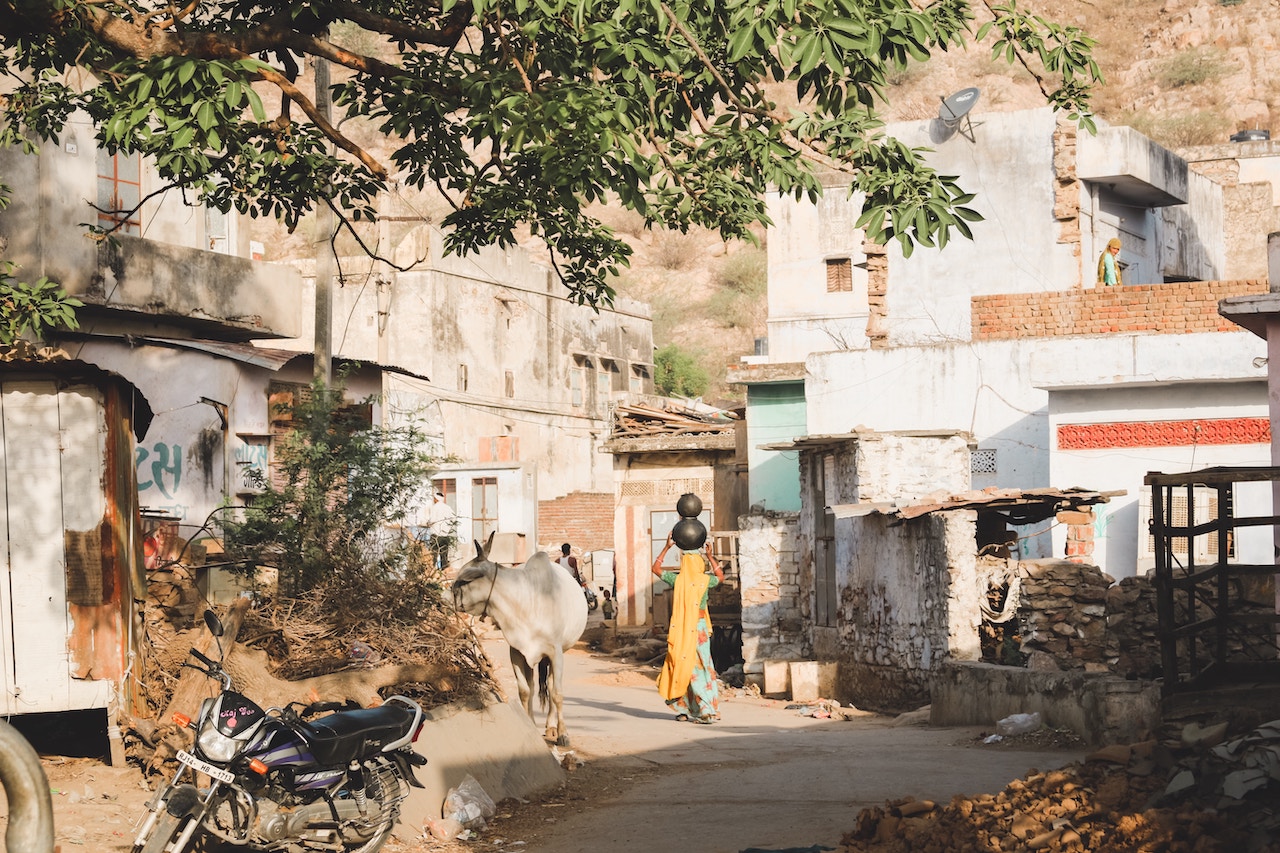INDIA is currently experiencing servere heat waves and water shortages with temperatures reaching 50°C in the Northwest.
Churu, a city in the desert region of Rajasthan, was the hottest place, reaching 50.8°C on June 1st.
Monsoon season typically begins around 1st June, and this year it arrived a week late on India’s southwestern coast, in Kerala, on Saturday 8th June. It could take another few weeks to work its way up the country and replenish the heavily drought-stricken regions.
In the the city of Chennai, several reservoirs used as primary sources of drinking water have dried up. People are relying on water tankers to deliver water at cost. The water scarcity is compounded by the lack of rain in 2018. States such as Maharashtra and Rajasthan are also suffering water shortages.
21 major cities in India are expected to run out of groundwater as soon as 2020, affecting ~100 million people, according to the Composite Water Management Index (CWMI) report. It states that 40% of India’s population will have no access to drinking water by 2030.
Some of the groundwater shortages are due to poor management of supplies, increasing population, and rapid urbanisation. But Climate Change has made the problem worse, and increasingly so in the near future according to serveral studies:
Increasing heat waves, droughts, and floods
A 2013 report from The World Bank states that a decline in monsoon rainfall since the 1950s has been observed, while the frequency of heavy rainfall events has increased. This triggers more frequent droughts as well as greater flooding in large parts of India.
Extended drought periods, and a significant increase in monsoon flows with enhanced flood potential, are predicted for The Ganges, Brahmaputra and Meghna river basins, which serve a population of over 650 million, according to a 2015 study.
A 2010 study by the Postdam Institute for Climate Impact Research (PIK) looked specifically at the Indian city of Hyderabad. Currently the city has a maximum of 5 heat wave days per year. Under the highest emissions scenario this is predicted to jump to 40 days per year by 2100.
In India’s Economic Survey 2017-18, the Sustainable Development, Energy and Climate Change section states: “For the 1981-2010 period, the mean, maximum and minimum temperatures increased almost at an equal rate of around 0.2°C per decade, which is much higher than the trends for the period 1901-2010. Daily rainfall observations during the period 1901-2004 indicate that the frequency of extreme rainfall events (rain rate > 100 mm/day) has a significant positive trend of 6 per cent per decade.”
Increasing heat-related mortality
According to a 2017 study, future climate warming will lead to substantial increases in heat-related mortality, especially in developing low-latitude countries, such as India: “Mean temperatures across India have risen by more than 0.5°C [between 1960 and 2009], with statistically significant increases in heat waves” – “The increase in summer mean temperatures in India over this period corresponds to a 146% increase in the probability of heat-related mortality events of more than 100 people.”
What can be done?
Governments should communicate drought and flood warnings to the population more effectively and sooner – not just information that a drought or flood is occuring, but also a plan of action.
Improvements to drought and flood management are needed. A drought manual was produced in 2016, but its content faced opposition from some states. Another report titled “Good Practices on Drought Management and Response in India” was made available in 2018 by Sphere India.
Rewilding natural basins and improving infastructure for collecting rainwater are especially important in cities such as Bangalore.
Improved water supplies to rural areas – often those that suffer the worst impacts – are needed.
The country also has yet to declare a climate emergency.

 Science 6 years ago
Science 6 years ago
 Opinion 6 years ago
Opinion 6 years ago
 Opinion 6 years ago
Opinion 6 years ago
 Politics 6 years ago
Politics 6 years ago
 Opinion 4 years ago
Opinion 4 years ago
 Politics 6 years ago
Politics 6 years ago
 Politics 6 years ago
Politics 6 years ago
 Politics 6 years ago
Politics 6 years ago

